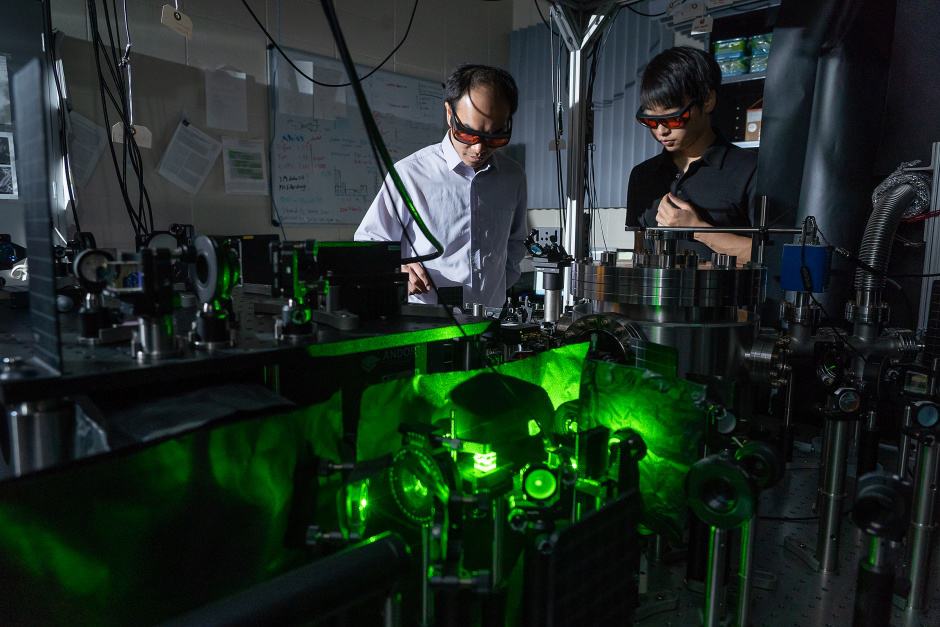
Able to spin at more than 60 billion revolutions per minute, the rotor is claimed to be the fastest device of its kind ever to be developed. To put this in perspective, the blades of a modern jet engine rotate around 1000 times per second.
A paper published in the journal Physical Review Letters describes how the group at Purdue University in Indiana, US - led by Prof Tongcang Li - synthesised a tiny dumbbell from silica and levitated it in high vacuum using a laser. Depending on whether the laser works in a straight line or in a circle the dumbbell can be made to either vibrate or spin.
“This study has many applications, including material science,” explained Prof Li. “We can study the extreme conditions different materials can survive in.”
He added that as the design of the device becomes more advanced it could be used to study things like quantum mechanics and the properties of vacuum.
“People say that there is nothing in vacuum, but in physics, we know it’s not really empty,” Li said. “There are a lot of virtual particles which may stay for a short time and then disappear. We want to figure out what’s really going on there, and that’s why we want to make the most sensitive torsion balance.”
By observing this tiny dumbbell spin faster than anything before it, Li’s team may also be able to learn things about vacuum friction and gravity. Understanding these mechanisms is an essential goal for the modern generation of physics, Li said.










Water Sector Talent Exodus Could Cripple The Sector
Maybe if things are essential for the running of a country and we want to pay a fair price we should be running these utilities on a not for profit...